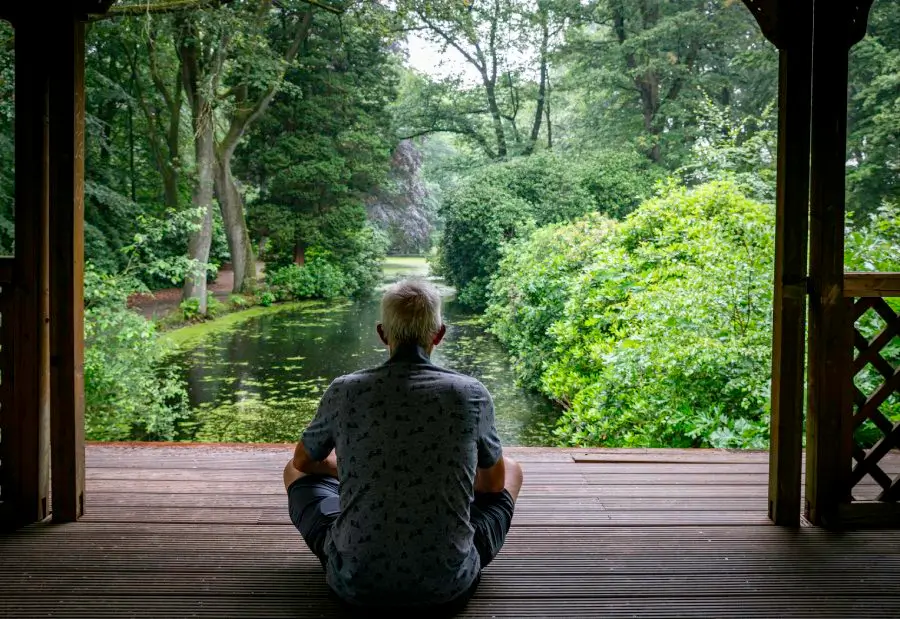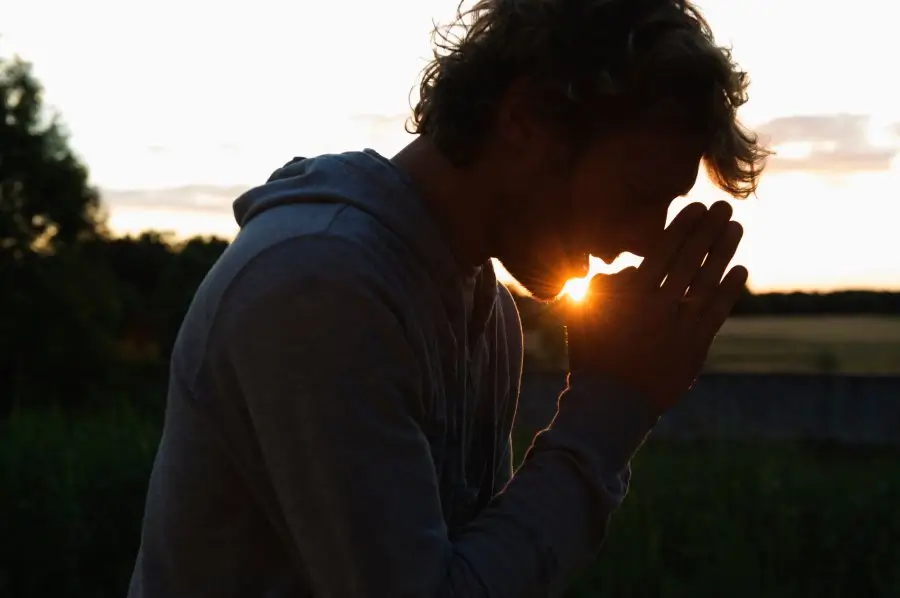

In the tapestry of life, each thread weaves together to form the intricate patterns that define our existence. Among these threads, the ones that often go unnoticed yet hold the fabric together are our daily choices and habits. These choices, when aligned with the principles of Personal Growth Practices, become the colors that brighten the canvas of our lives. But what exactly are these practices, and why do they carry such significance?
Personal growth practices are the conscious efforts and strategies we implement to improve our competence, self-awareness, skills, and overall well-being. They are the quiet yet powerful forces that propel us forward, the winds that fill our sails as we navigate the unpredictable seas of life. They aren’t grandiose actions seen by all but are often small, consistent habits that accumulate over time, leading to significant transformation.
The significance of personal growth practices in daily life cannot be overstated. In a world that’s constantly changing, where external success is often highlighted more than internal satisfaction, these practices ground us. They remind us that who we become in the process is just as important as the goals we achieve. Whether it’s through meditation, journaling, continuous learning, or building healthy relationships, these practices guide us to a deeper understanding of ourselves and our place in the world.
At their core, Personal Growth Practices are rooted in the art of becoming. This involves a deliberate journey of self-discovery and self-improvement. Unlike passive learning or the occasional push towards a new experience, personal growth practices require an active and ongoing commitment. They are the choices we make to read a book that challenges our thinking, to wake up early to meditate, to choose nutritious foods, or to engage in a difficult conversation that allows us to grow mentally and develop emotionally and relationally.
These practices serve multiple roles in self-improvement. Firstly, they act as tools for self-reflection, allowing us to look inward and assess our paths and purposes. They ask us what we value, what we wish to change, and how we plan to achieve our aspirations. Secondly, they are vehicles for self-education, providing us with the knowledge and skills we need to navigate life’s complexities. Thirdly, personal growth practices catalyze self-transformation, sparking the changes we desire in our lives.
The role of personal growth practices is not just to better ourselves in isolation but to enhance how we interact with the world. A person dedicated to self-improvement is often more compassionate, understanding, and open-minded. These qualities radiate outward, affecting not just the individual but everyone they interact with. In this way, personal growth practices are not just self-serving; they are a contribution to the betterment of society.
Through personal growth practices, we are not just surviving; we are thriving. We are not just passing through life; we are sculpting it with intention and purpose. It is through these unseen threads—these daily decisions to engage in personal growth—that we truly begin to live lives of vibrant colors and meaningful patterns.

Personal Growth Practices are the intentional actions and behaviors that foster development and improvement in one’s life. These are not one-time tasks but rather ongoing habits and routines designed to cultivate a deeper sense of self-awareness, enhance one’s abilities, and create a life aligned with one’s values and goals.
The essence of these practices lies in their transformative power — the ability to turn the mundane into the extraordinary. They are the quiet, persistent efforts we make towards becoming the best versions of ourselves. This could mean setting aside time each day for meditation to enhance mindfulness, engaging in regular physical exercise to improve health, or dedicating moments for journaling to clarify thoughts and emotions.
The impact of personal growth practices on daily living is profound and far-reaching. They can elevate the quality of our lives by instilling a sense of discipline, focus, and resilience. With these practices, life becomes more than a series of reactions to external events; it becomes a proactive journey of self-creation. They can lead to improved mental health by reducing anxiety and stress, enhance productivity by fostering better time management, and strengthen relationships by improving communication and empathy.
Establishing a routine around personal growth practices is essential to making them effective. A routine turns sporadic actions into habits and cements them into our daily lives. Here are some strategies to weave these practices into the fabric of your routine:
1. Start Small and Be Consistent: The key to developing a sustainable routine is to start with small, manageable tasks and perform them consistently. This could mean reading for 15 minutes each day before bed or practicing 5 minutes of deep breathing each morning.
2. Set Clear Intentions: Know why you’re incorporating a personal growth practice into your life. Setting clear intentions helps to keep motivation high, even when the initial excitement wanes.
3. Schedule It: Just as you would a meeting or a doctor’s appointment, schedule time for your personal growth activities. By carving out specific times in your day for these practices, you ensure they are not overlooked.
4. Reflect and Adjust: Take time each week to reflect on your practices. Are they serving their purpose? Do they need to be adjusted? Flexibility is crucial as life’s circumstances change.
5. Seek Support: Whether it’s joining a group, finding a mentor, or simply sharing your journey with friends and family, having support can provide accountability and encouragement.
6. Stack Your Habits: Attach new personal growth practices to existing habits to make them stick. For example, if you already have a habit of drinking coffee each morning, use that time to journal or plan your day.
By integrating personal growth practices into your daily routine, you create a powerful ripple effect that can touch every aspect of your life. These practices have the potential to transform not just the individual but also the collective, as each person’s growth contributes to a more conscious and enlightened society.

In the pursuit of personal development, mindfulness stands out as a cornerstone. Mindfulness is the practice of being fully present and engaged in the moment, aware of our thoughts and feelings without distraction or judgment. This heightened state of awareness is one of the most profound personal growth practices, for it anchors us in the present, where life truly unfolds.
The benefits of mindfulness as a personal growth practice are well-documented and multi-faceted. Mindfulness has been shown to reduce stress, improve concentration, and contribute to higher levels of happiness. By fostering a deep connection with the present moment, mindfulness allows individuals to experience life more fully, without the filters of bias or anxiety that often cloud perception.
Regular mindfulness practice can enhance emotional well-being by improving mood and increasing resilience against negative emotions. For the mind, it sharpens focus and cognitive flexibility, enabling better decision-making and problem-solving abilities.
Here are some practical steps to become more mindful in everyday activities:
1. Mindful Breathing: This involves paying close attention to the breath as it enters and leaves the body. It can be practiced at any time and is especially helpful in stressful situations to ground oneself.
2. Sensory Focus: Engage actively with your senses. For example, when eating, pay attention to the taste, texture, and aroma of the food. This practice can turn ordinary experiences into moments of mindfulness.
3. Mindful Observation: Choose an object and focus all your attention on it for a minute or two. This could be a flower, a piece of art, or even the sky. Observe it as if you’re seeing it for the first time.
4. Body Scan Meditation: Lie down and mentally scan your body from head to toe, observing any sensations, tensions, or discomfort without judgment.
5. Mindful Listening: In conversations, practice fully listening without planning what you will say next. This not only improves your presence but also strengthens your relationships.
By practicing these techniques regularly, mindfulness becomes woven into the fabric of daily life. It transforms not just moments of stillness but also the active parts of our day. As we become more mindful, our understanding of ourselves and our interactions with the world deepens, fostering a state of well-being that permeates all aspects of our lives.

Today’s world constantly changes, highlighting the need for lifelong learning. It’s not just academic. It shapes our personal and professional selves. This pursuit goes beyond classrooms. It includes life experiences and self-reflection. Lifelong learning is voluntary and self-driven. It symbolizes human growth and adaptability. It’s about more than gaining knowledge. It’s about developing skills and understanding ourselves better.
This approach to learning fosters curiosity and openness. It encourages us to embrace new ideas. Lifelong learning is a journey. It’s a path toward becoming more informed and reflective. It urges us to stay curious and to keep exploring. There’s always something new to learn and understand. It’s a key part of personal development.
Continuous learning is crucial for growth. It bridges our current and aspirational selves. It enriches us personally and professionally. On a personal level, it sparks curiosity. It opens our minds to new perspectives. This enhances our problem-solving and critical thinking. It builds resilience. We learn to adapt to change with confidence.
In the professional world, it keeps us competitive. It ensures our skills and knowledge stay current. It opens new doors and offers career satisfaction. The learning process itself is rewarding. It gives us a sense of achievement and purpose.
Continuous learning illuminates our path to a fulfilling life. It teaches us the value of adaptability. In a changing world, our willingness to learn is key. It’s essential for personal enrichment and professional success. Lifelong learning reflects our enduring spirit. It’s our commitment to excellence and fulfillment.
Lifelong learning empowers us to face life’s uncertainties. It equips us with the tools for lifelong growth. This journey enhances our lives in many ways. It brings joy and broadens our horizons. Each lesson learned on this path is a step towards self-improvement.
Continuous learning encourages us to keep pushing our limits. It teaches us that growth never stops. It’s about embracing every opportunity to learn something new. This mindset keeps us moving forward. It helps us adapt to new challenges and opportunities.
In conclusion, continuous learning is the key to personal and professional development. It’s about staying curious and open-minded. It’s a commitment to never stop growing. This approach to life ensures we remain relevant and resilient. Lifelong learning is an essential path to fulfillment and success.

In summary, this article has traversed the vital landscape of personal growth practices, underscoring their significance in our daily lives. We commenced our journey by defining personal growth practices, illustrating their profound impact on our well-being and daily existence. Subsequently, we delved into the essence of building a routine around these practices, highlighting the necessity of incorporating them into our everyday routines for sustained personal development.
Furthermore, we explored the pivotal role of mindfulness and presence, emphasizing their benefits in enhancing our overall well-being. Practical techniques to cultivate mindfulness were also discussed, providing a roadmap for individuals to achieve a more centered and focused state of being. Additionally, the segment on lifelong learning shed light on the continuous pursuit of knowledge and skills, underscoring its indispensable role in both personal and professional spheres.
Moreover, we navigated through strategies for embedding lifelong learning into our daily activities, offering insights on how to maintain a trajectory of growth and learning. Each section, enriched with actionable advice and strategies, was meticulously designed to empower you, the reader, to weave these personal growth practices into the fabric of your life.
Therefore, I encourage you to embrace these practices with an open heart and mind. Let the principles of mindfulness, the commitment to lifelong learning, and the dedication to continuous self-improvement guide you toward a richer, more fulfilling life. It’s time to take the first step towards crafting a life that resonates with purpose, meaning, and joy. After all, the journey of a thousand miles begins with a single step, and your journey toward personal growth is no exception. Embrace it, cherish it, and let it unfold the extraordinary potential that lies within you.

Life is growth. Keep learning as you grow. The moment that we stop listening and caring, we become ignorant. Ignorance is nothing, but a lack of education. A lack of education invites trouble that breeds chaos. We start to use, abuse and hurt each other because we start missing information in our mind, ultimately stopping us from growing and moving forward. We have to learn to listen and care and allow our emotions to flow, so the mind can grow.


Error: No feed found.
Please go to the Instagram Feed settings page to create a feed.

AIM ATTITUDE & AIM logo is a registered ® trademark of AIM ATTITUDE INC. All Rights Reserved. © 2024
AIMAttitude, The Guide Of Life

AIMAttitude, The Guide Of Life








